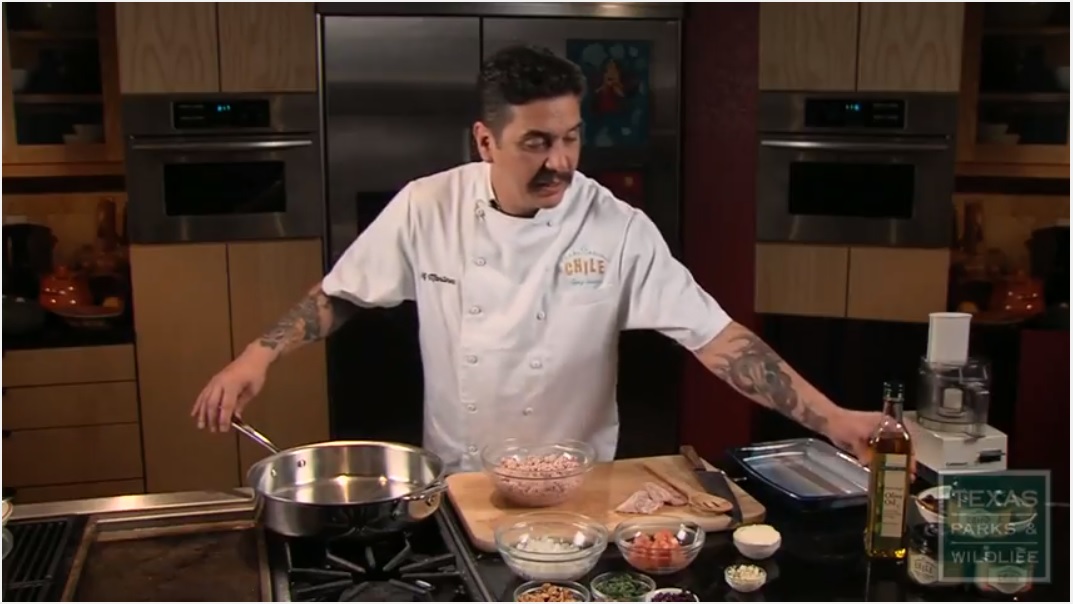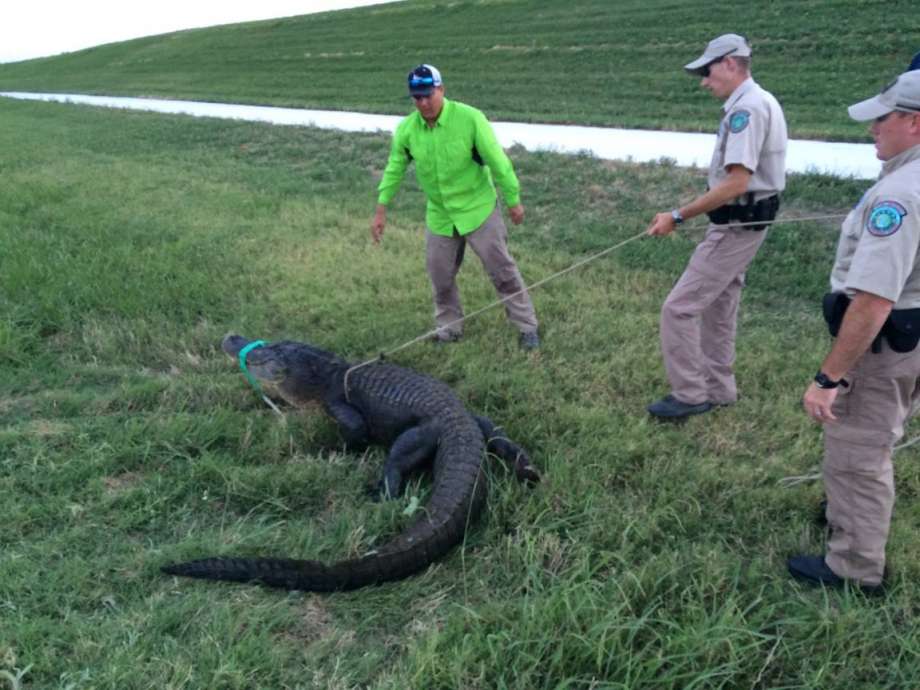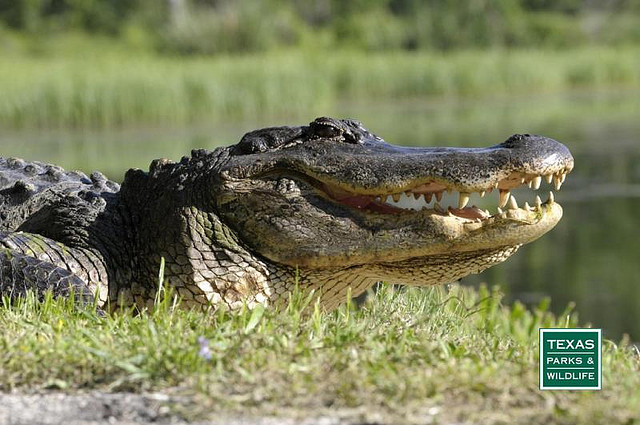Food Week: Putting the Bite on Alligator
Tuesday, November 20th, 2018This is Passport to Texas Food Week
Hunting alligator in Texas is an adrenaline pumping experience, but cooking it shouldn’t be. Chef Jeff Martinez of Austin whips up a Mexican inspired treat with alligator meat.
So, what I’ve done is I’ve taken the meat and I’ve ground it up in my food processor. And so what we’re going to do with this today is we’re going to make an alligator ancho chile relleno. I’ve got a hot pan here; we’re going to start by adding extra virgin olive oil in the bottom. We’re going to add our white onion which has been diced up. We’re going to add our garlic. Oh, I can smell it already; it’s already starting to smell good. Okay, so after that, we’re going to add our tomato. Now, we’re going to go ahead and add our alligator meat. It’s pretty much going to look the same as cooked chicken. And it doesn’t take very long. And that’s just about it. So, we’re going to add a little bit more flavor to this dish by throwing in some sliced green olives; and then we’re going to add some of these raisins, and we’re going to finish it off with slivered almonds that have been toasted. You see everything in there and it looks great. There’s a lot of color in there – a lot of color also means a lot of flavor. And then we’re going to finish it off with some fresh chopped parsley that’s going to add some freshness to the dish. And then to finish it off, we’re going to salt – just to taste. And we are ready to stuff some chiles.
See Chef Martinez in action, and find the complete recipe on the Texas Parks and Wildlife YouTube Channel.
For Texas Parks and Wildlife, I’m Cecilia Nasti.






 Passport to Texas is a
Passport to Texas is a  Passport to Texas is made available by:
Passport to Texas is made available by: